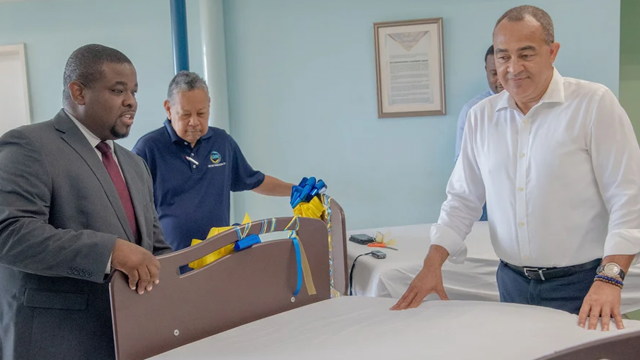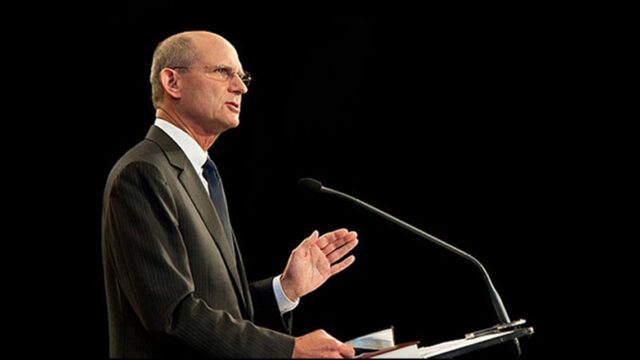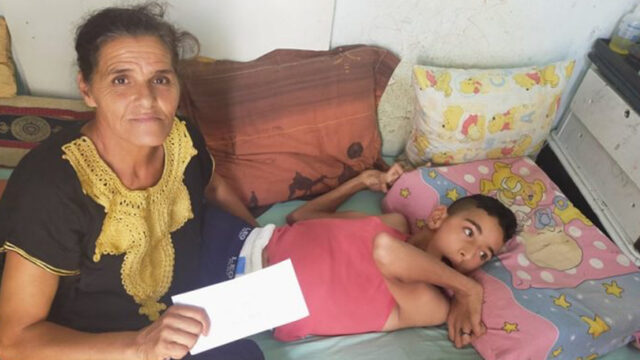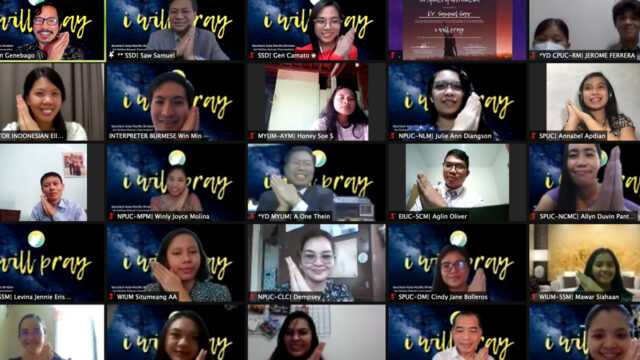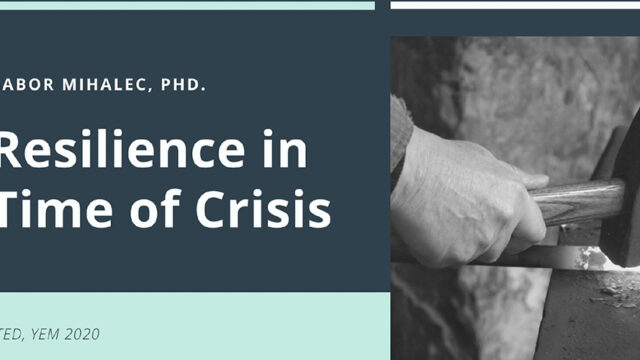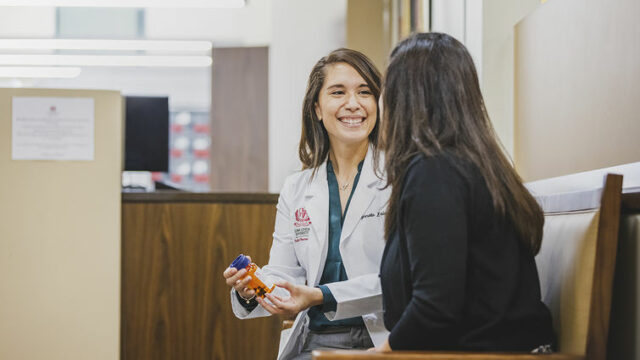How does one make sense of a disaster of this scale? How does one begin to put the pieces back together?
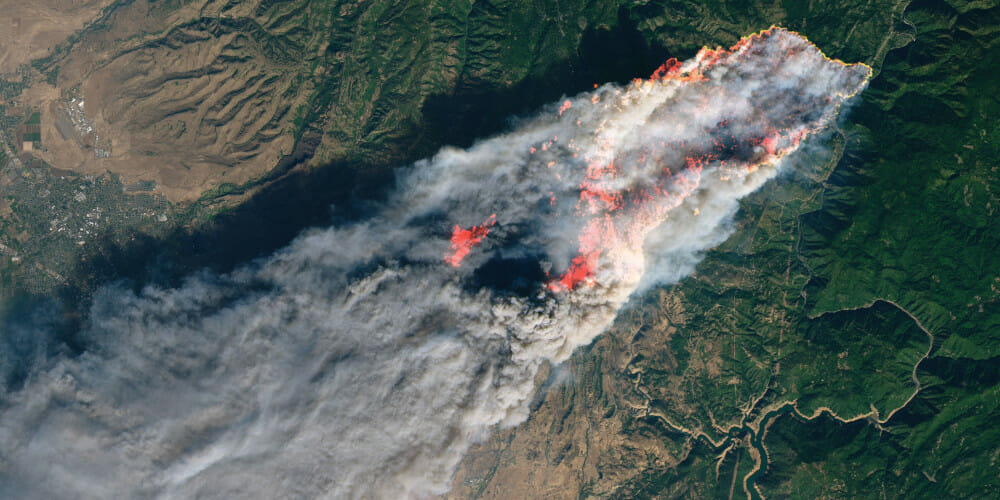
Dan and Linda Martella had practiced evacuating before. They lived in Paradise, California, in the foothills of the Sierra Nevadas, a place prone to wildfires.
“A couple years before, some homes were being evacuated about a mile away, and we packed the cars [to get] ready to go,” Dan remembers. “It turned out to be a rehearsal for the future.”
Dan is administrative pastor for the Paradise Seventh-day Adventist Church; Linda worked at Adventist Health: Feather River, the largest employer in the community of nearly 30,000 people.
On the morning of November 8, 2018, the Martellas, and everyone else in Paradise, had to flee from what became known as the “Camp Fire,” considered the most deadly and destructive wildfire in California’s history.
Steve Hamilton is lead pastor of the Paradise church, having recently transitioned from Colorado, where he had been youth director for the Rocky Mountain Conference. Hamilton, his wife, Delinda, and their children, Katie, Ashley, and Andrew, had moved into Paradise just five days before the fire destroyed nearly 19,000 buildings (14,000 homes) and displaced tens of thousands of people.
What happens when suddenly and without warning disaster strikes, leaving you in a situation in which nearly all your earthly possessions can fit into your car?
Staging a Recovery
Steve Hamilton remembers: “It was a scramble to keep track of our people and try to figure out where they were able to stay.” Church members who owned property in some of the surrounding communities provided places where people could park their recreational vehicles (trailers and motor homes).
Church members in nearby communities, particularly Chico, opened their homes, inviting people to stay in spare bedrooms. “My family of five stayed in a little studio apartment for four months,” said Hamilton. “The disaster really happened to Chico as well as to Paradise,” he said. “Chico didn’t burn, but the displacement of all the residents of Paradise and the surrounding areas heavily impacted Chico.”
On the Sabbath following the Thursday fire, members of the Paradise and Chico Adventist churches came together to provide support and relief. Adventist churches up and down the west coast of the United States provided relief supplies: food, drinking water, toiletries, bedding. Hamilton remembers: “A church came in and brought food for 700 people and fed people after church.”
Ed Fargusson, assistant to the president of the Northern California Conference, also remembers that first Sabbath: “Hundreds of people were there, many of whom I knew. I just went from table to table, hearing their stories. That’s when it hit me: These people have just lost everything, and they didn’t even know what that meant yet.”
It meant that 385 Adventist families lost their homes to the disaster. A few homes in Paradise (about 10 percent) were left standing after the fire. But rebuilding was going to be a slow and frustrating process. In January Hamilton reported asking the county for permits to begin removing debris from the Paradise church and school—just to remove the debris. As of March the county had not yet granted the permits.
Some Adventist families, having nothing to return to, have moved to other parts of the state, or even to other states. Those who have chosen to stay are looking at months or years before their lives can return to normal.
God Still Leads
So how does one make sense of a disaster of this scale? How does one begin to put the pieces back together?
For Steve Hamilton this is no time to doubt God’s leading. “We’re confident that this is where God has led us. We don’t believe that His calling in our lives changes because things become difficult or different than we had planned.”
So that means moving ahead. The Northern California Conference has put the Chico and Paradise churches in a two-church district, naming Hamilton its lead pastor. Paradise Adventist Academy has been given space in the Adventist church in Chico in which to finish out its school year, while the Chico Oaks Seventh-day Adventist School holds classes a few meters away.
A committee has been set up to begin studying how to rebuild an Adventist presence in Paradise: a presence that before the fire consisted of a 1,300-member church, an Adventist elementary school and academy, and a health-care facility that was one of the largest Adventist facilities in northern California.
“The church [building] was insured,” says Hamilton. “There will be a church in Paradise. What it will look like . . . and what the community that the church is called to serve will look like is something that is going to be a process over the next couple years.” That process involves not only rebuilding the church but rebuilding the community as well. In addition to the homes and buildings that were destroyed, much of the infrastructure was destroyed as well, such as businesses, schools, churches, utilities.
Dan Martella prefers the word “journey” to “process.” “We’re nowhere near the end of this journey. It’s challenging and it’s a place we’ve never been before. And it’s hard to say that we have all this figured out.”
Martella mentioned some of the essential elements that helped him and his wife survive. He shared how his family supported them while they began to put their lives together. “We have life. We have our family pictures. We have each other.”
He also mentioned the importance of his church family, how it survived (one Adventist was among the 85 people who died), and how the experience has affected it. “We’re bracing for the possibility that half our congregation will move out of the area.”
If there’s a silver lining in this catastrophic event, Ed Fargusson sees it in the way the Adventist community in that part of the state came together to help put peoples’ lives back together. The Federal Emergency Management Administration (FEMA) approached the Northern California Conference hours after the fire to ask the church if it could find shelter for its own members, saying that it would take a burden off the larger system.
“I’ve learned that volunteers show up and do for free what some people say they can’t pay their people to do,” says Fargusson. “That’s the beauty of the church. When we have a need like this, we can pick up the phone and start calling people, and the next thing we know, we have an army behind us.”


